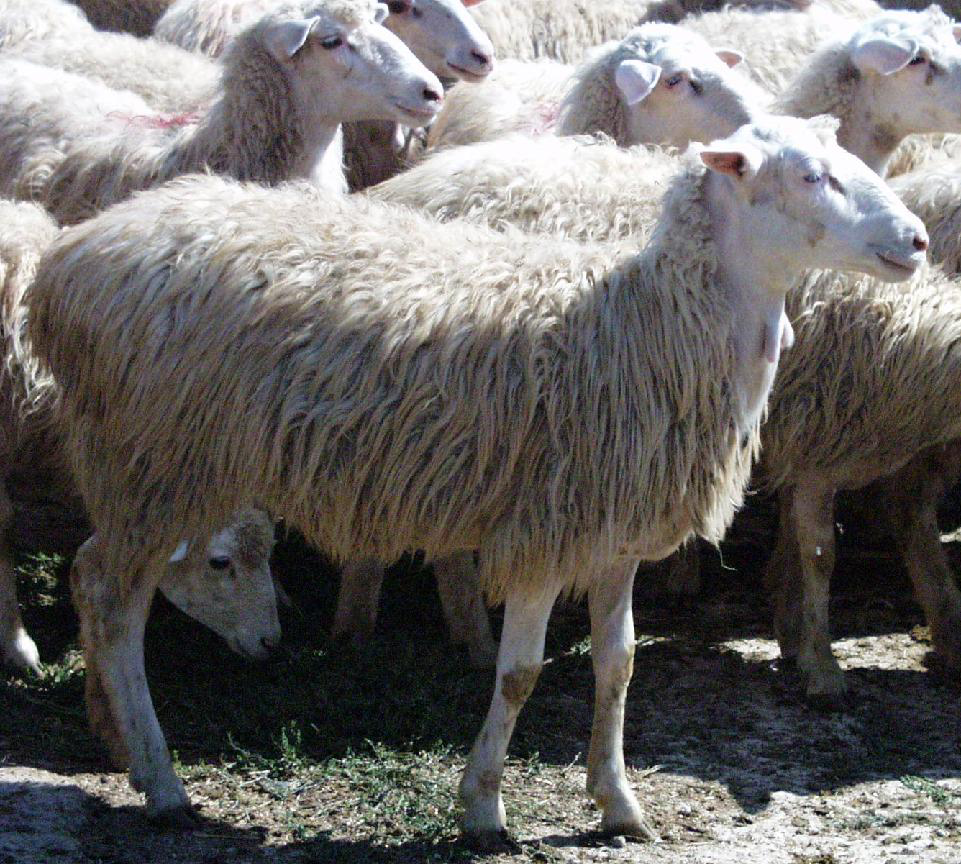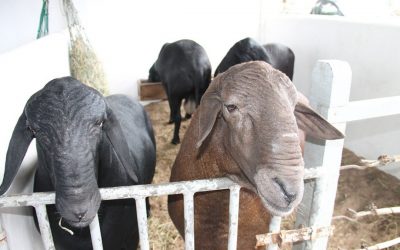Grape seed supplementation for dairy sheep

Can grape seed supplementation have a beneficial effect in dairy sheep? Researchers from the University of Sassari in Italy delved into this hypothesis.
Grape seed is a by-product of the winery and distillery industry which could be used in animal nutrition. To test the hypothesis that dietary supplementation with this by-product can decrease the biohydrogenation (BH) of healthy fatty acids (FA), the present study evaluated the effects of grape seed supplementation, alone or combined with linseed, on ruminal BH processes in dairy sheep.
Trail set-up
In this 60-d trial, 24 lactating Sarda dairy ewes were assigned to four homogeneous groups and fed as follows: (1) control diet (CON), (2) a diet supplemented with 300 g/d per head of grape seed (GS), (3) a diet supplemented with 220 g/d per head of extruded linseed (LIN), (4) and a diet supplemented with a mix of both grape seed and linseed (300 and 220 g/d per head, respectively) (MIX). Ammonia, pH, volatile fatty acids (VFA) and FA composition were determined in rumen liquor at three sampling dates (20, 40 and 60 d).
Effect on acids
Rumen pH was not influenced by diet (P>0.05). The ammonia content was increased (P<0.05) in gs and mix compared with lin and con. the molar proportions of acetate and propionate and their ratio were not affected by the diet (p>0.05), whereas the molar proportion of butyrate was the lowest in MIX. Rumenic acid (RA; CLA cis-9,trans-11) concentration increased in GS compared with CON (0.78 vs. 0.45 mg/100 mg FA; P<0.05), whereas the percentage of vaccenic acid (va; c18:1 trans-11) tended to increase (p><0.10) in gs compared with con. the concentration of va was higher in mix than in con (8.18 vs. 3.77 mg 100 mg fa; p><0.05), whereas ra did not differ between the same groups. the concentration of linoleic acid (la; c18:2 n–6) decreased and stearic acid (sa; c18:0) increased in all supplemented groups, whereas linolenic acid (lna; c18:3 n–3) decreased in the two groups receiving grape seed compared with con and lin. the concentration of total odd- and branched-chain fatty acids (obcfa) decreased in all supplemented groups compared with con (p><0.05), evidencing that grape seed and linseed supplementation influenced the ruminal bh processes.>
No effect on biohydrogenation
Grape seed was able to increase the accumulation of RA when supplemented alone, and of VA when combined with linseed; however, the rumen accumulation of SA in both groups supplemented with grape seed evidenced that this by-product was not effective in decreasing the BH of dietary polyunsaturated fatty acids (PUFA).
This study was published in the Journal Animal Feed Science and Technology.











